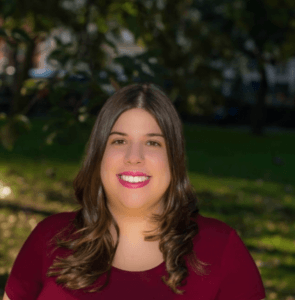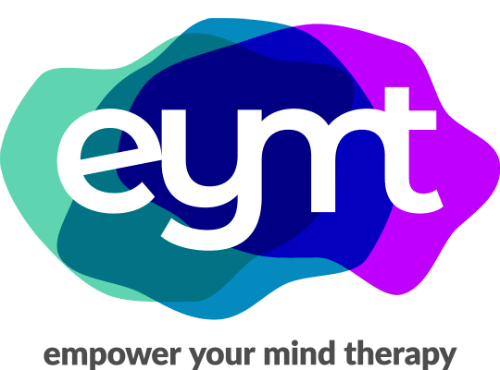If you don’t know, mindfulness is all about staying in the present moment and regaining control over your thoughts.
This helps you to prevent your mind from wandering or spiraling which can be a huge aid in anxiety management.
We’ve talked before about mindfulness and how research has shown tremendous benefits of it– including reduced stress and anxiety, improvement on memory and focus, more satisfied sleep, and an overall.
But getting started with mindfulness can seem hard & overwhelming. Getting from a state of constant anxiety or frantic thought trains to a state of mindful, present existence won’t happen overnight, which can seem discouraging to those of us who try it and don’t see results right away. So this week we’ll be talking about small ways to get started with mindfulness without overwhelming yourself!
Mindfulness is all about being present in the moment which can seem like an impossible feat–most of us are so used to multitasking that when we actually try to stay in the moment or focus on one thing at a time, we feel like we’re slacking off or forgetting something!
The key to getting started with mindfulness is: when you start, start small.
Effective practitioners of mindfulness practice for about 20 minutes a day, but when you’re just starting out even that might be too much. AND, depending on how many things you’re juggling in your life, you might not even have time for that! So instead, start with small, baby steps and work your way up as you go.
Here are a few ways you can get started with mindfulness without biting off more than you can chew:
- Incorporate mindfulness into daily tasks you already do: when you brush your teeth, what are you focused on? Is it the movement of your arm, the feel of the bristles, the smell of the toothpaste? Probably not. Like most of us, your mind is probably all over the place when you’re doing small things like that. So make note of the things you do daily that you seemingly on autopilot. Making a sandwich, tying your shoes, taking a shower, parking your car, washing your hands, etc. Then start to incorporate mindfulness into these daily practices! Focus only on the present moment, on how your senses are interacting with the activity you’re doing.
- Don’t jump right in from one activity to the next: when you get to work, don’t immediately dive in. (This sounds counter intuitive, we know, but mindless productivity shouldn’t be your main goal!) Notice your surroundings and your body when you change settings. How do you feel, how are your senses interacting with the new space. Then, when you’ve grounded yourself get started with whatever you’re doing!
- Set reminders on your phone: once you’ve started adding more and more mindfulness into your daily life, it’s good to set aside specific chunks of time every day solely for your mindfulness practice. Maybe it’s your lunch break or right after work or just before bed. Decide when the best time is for you and set a reminder on your phone! Then set aside the next 10 or so minutes (longer, the more comfortable you get with your practice) and do simple mindfulness exercises. You can create your own or find guided videos online, or download a mindfulness app. Just make sure you keep practicing!
“Mindfulness isn’t difficult. We just need to remember to do it.” –Sharon Salzberg

Alyssa Mairanz, LMHC, DBTC
Alyssa Mairanz provides counseling and therapy services for life transitions, relationship issues, self esteem, depression, anxiety, and DBT and Psychodynamic therapy in a NYC group practice in the Flatiron District near Madison Square Park. She also serves the Village, Chelsea, Union Square, the Financial District and the surrounding areas.
Empower Your Mind Therapy’s mission is to helps our clients build the life they want and find more happiness and satisfaction.



